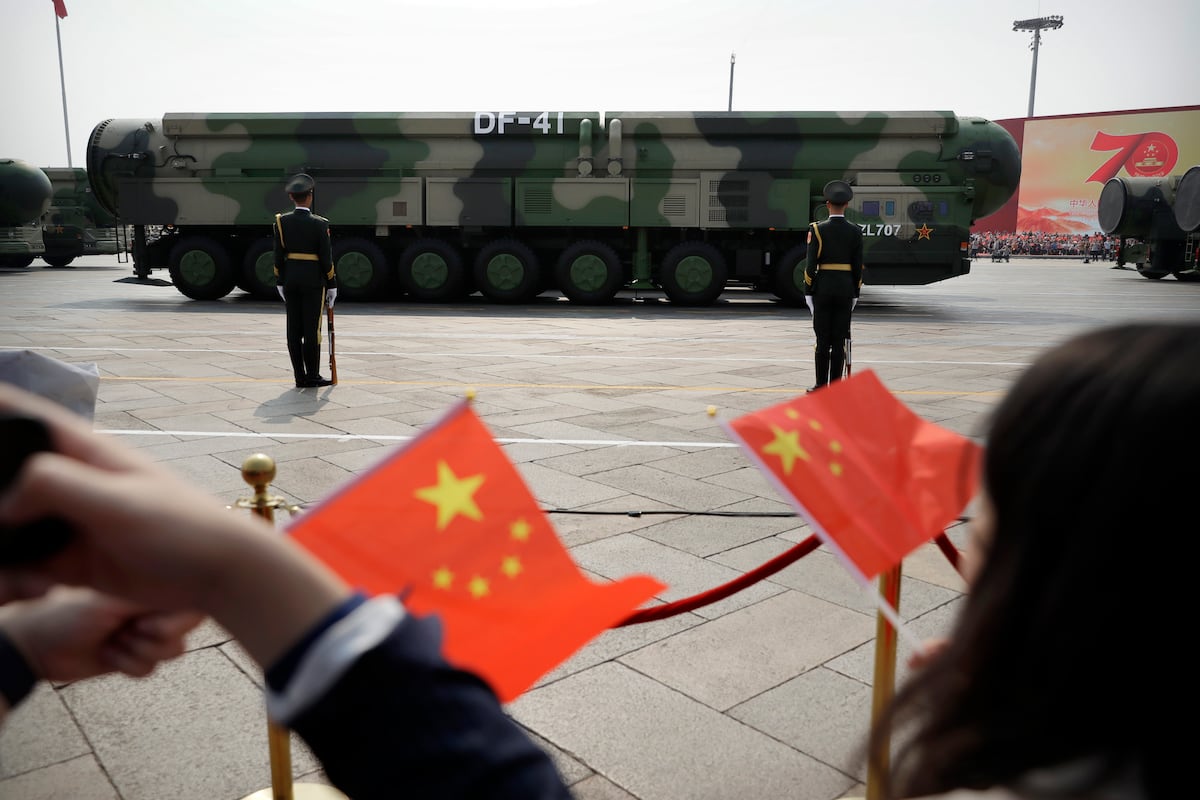Challenges Facing the F-35 Joint Strike Fighter Program
The F-35 Joint Strike Fighter initiative is currently grappling with significant complications. According to a recent report released by the Government Accountability Office (GAO), the program has been compelled to scale back its extensive Block 4 upgrade plans due to ongoing production challenges, rising costs, and supply chain disruptions. This reduction in scope comes at a time when the F-35’s crucial role in the defense frameworks of the U.S. and its allies is more pronounced than ever.
Key Findings from the GAO Report
The GAO’s comprehensive assessment titled “F-35 Program: Actions Needed to Address Late Deliveries and Improve Future Development” details several pressing issues:
- Delayed Upgrades: Originally, the Block 4 upgrade aimed to enhance more than 66 capabilities by 2026. However, this deadline has shifted, first to 2029 and now projected even later, with substantial portions not expected to be delivered before the mid-2030s.
- Budget Overruns: Estimates for Block 4 have ballooned from an initial projection of $10.6 billion to approximately $16.5 billion. Furthermore, the program is currently at least $6 billion over budget and suffering from extensive delays primarily attributable to prior Technology Refresh 3 (TR-3) upgrade complications.
Revised Outlook for Block 4
In light of these challenges, program officials have pivoted to target a more realistic set of Block 4 capabilities aimed at delivery by 2031. Notably, this plan focuses on features that do not necessitate the additional thermal and power management that would have come with an expected engine upgrade.
Among the anticipated enhancements, the F-35 will still aim to deliver improvements in:
- Electronic Warfare
- Weapon Systems
- Communications and Navigation Technologies
However, some proposed capabilities have been cut altogether, while others will see delays due to the stringent dependency on the enhanced engine performance.
The Rising Financial Burden
The overall acquisition costs for the F-35 program now exceed $485 billion, marking a nearly 10% increase from figures reported in December 2022. This financial burden does not merely encompass procurement but also extensive development costs, more than doubling the program’s initial baseline set in 2001.
Key financial highlights include:
- A $89.5 billion increase relative to prior baselines established in 2012.
- An expected lifetime cost exceeding $2 trillion, which includes sustainment expenses.
The implications of these costs will resonate throughout the future operational budget of the Department of Defense, constraining resources for other critical defense initiatives.
Supply Chain Issues and Production Delays
The widening delays are not solely financial. Structural challenges in the supply chain have curtailed the efficiency of F-35 production. A record of parts shortages has resulted in the halting of production for 52 jets due to the failure to procure essential components. As of February 2024, there were over 4,000 parts shortages identified on the assembly line—twice the historical average.
Additionally, Pratt & Whitney, a subsidiary of RTX responsible for the F-35 engines, has faced severe difficulties, with engine deliveries missing deadlines consistently in 2023 and 2024. The average delay for these engines reached 155 days, compounding the issues facing the overall production timeline.
Mitigation Efforts and Industry Responses
Recognizing the scale of these obstacles, the F-35 Joint Program Office and Lockheed Martin are working to rectify production interruptions. Lockheed has committed to producing 170 to 190 F-35s in the coming year, emphasizing their determination to advance Block 4 capabilities.
Despite these assurances, the ongoing technical challenges and changing delivery timelines call for a re-evaluation of how contracts structured by the Pentagon incentivize late deliveries. The GAO has highlighted the need for a new approach that does not reward companies for performance that falls short of agreed timelines.
Conclusion
As the F-35 Joint Strike Fighter program moves forward, it faces a complex web of challenges that threaten both its operational timeline and financial sustainability. Stakeholders must navigate these difficulties with innovative strategies to ensure that the F-35 maintains its pivotal role in modern air defense and allied operations. The stakes have never been higher, making each upgrade and production milestone critical to national and allied security interests.





